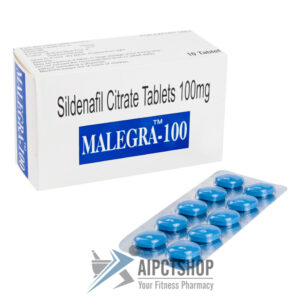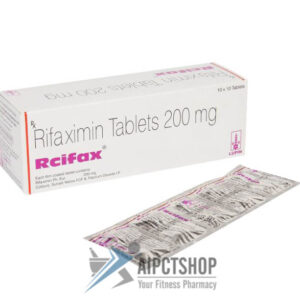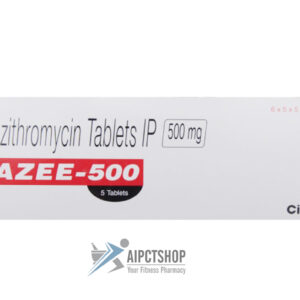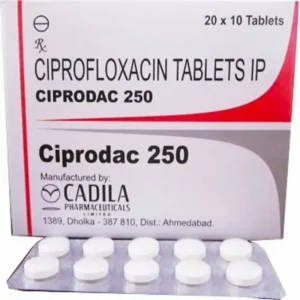Moxifloxacin Information
Pronunciation
moxs i FLOKS a sin
What is this drug used for?
• It is used to treat bacterial infections.
Frequently reported side effects of this drug
• Nausea
• Diarrhea
Other side effects of this drug: Talk with your doctor right away if you have any of these signs of:
• Kidney problems like unable to pass urine, blood in the urine, change in amount of urine passed, or weight gain
• Clostridioides (formerly Clostridium) difficile (C. diff)-associated diarrhea like abdominal pain or cramps, severe diarrhea or watery stools, or bloody stools
• Tendon inflammation or rupture like pain, bruising, or swelling in the back of the ankle, shoulder, hand, or other joints
• Depression like thoughts of suicide, anxiety, agitation, irritability, panic attacks, mood changes, behavioral changes, or confusion
• Liver problems like dark urine, fatigue, lack of appetite, nausea, abdominal pain, light-colored stools, vomiting, or yellow skin or eyes
• High blood sugar like confusion, fatigue, increased thirst, increased hunger, passing a lot of urine, flushing, fast breathing, or breath that smells like fruit
• Low blood sugar like dizziness, headache, fatigue, feeling weak, shaking, fast heartbeat, confusion, increased hunger, or sweating
• Chest pain
• Fast heartbeat
• Trouble focusing
• Trouble with memory
• Abnormal heartbeat
• Passing out
• Dizziness
• Chills
• Severe loss of strength and energy
• Muscle pain
• Muscle weakness
• Nightmares
• Restlessness
• Sensing things that seem real but are not
• Seizures
• Severe headache
• Sore throat
• Shortness of breath
• Bruising
• Bleeding
• Tremors
• Trouble sleeping
• Abnormal gait
• Vaginal pain, itching, and discharge
• Thrush
• Vision changes
• Severe or persistent abdominal pain
• Severe or persistent chest pain
• Severe or persistent back pain
• Stevens-Johnson syndrome/toxic epidermal necrolysis like red, swollen, blistered, or peeling skin (with or without fever); red or irritated eyes; or sores in mouth, throat, nose, or eyes
• Signs of a significant reaction like wheezing; chest tightness; fever; itching; bad cough; blue skin color; seizures; or swelling of face, lips, tongue, or throat.
Medication Safety Issues
Sound-alike/look-alike issues:
Avelox may be confused with Avonex
Storage and Stability
Store at 25°C (77°F); excursions are permitted between 15°C and 30°C (59°F and 86°F). Avoid high humidity. Do not refrigerate infusion solution; discard unused portion.
Adverse Reactions
Central nervous system: Dizziness, headache, insomnia
Endocrine & metabolic: Decreased serum glucose, hyperchloremia, hypokalemia, increased serum albumin
Gastrointestinal: Abdominal pain, constipation, decreased amylase, diarrhea, dyspepsia, nausea, vomiting
Hematologic & oncologic: Anemia, decreased basophils, decreased red blood cells, eosinopenia, increased MCH, increased neutrophils, leukocytosis, prolonged prothrombin time
Hepatic: Decreased serum bilirubin, increased serum alanine aminotransferase, increased serum bilirubin
Immunologic: Increased serum globulins
Renal: Increased ionized serum calcium
Respiratory: Hypoxia
Miscellaneous: Fever









Reviews
There are no reviews yet